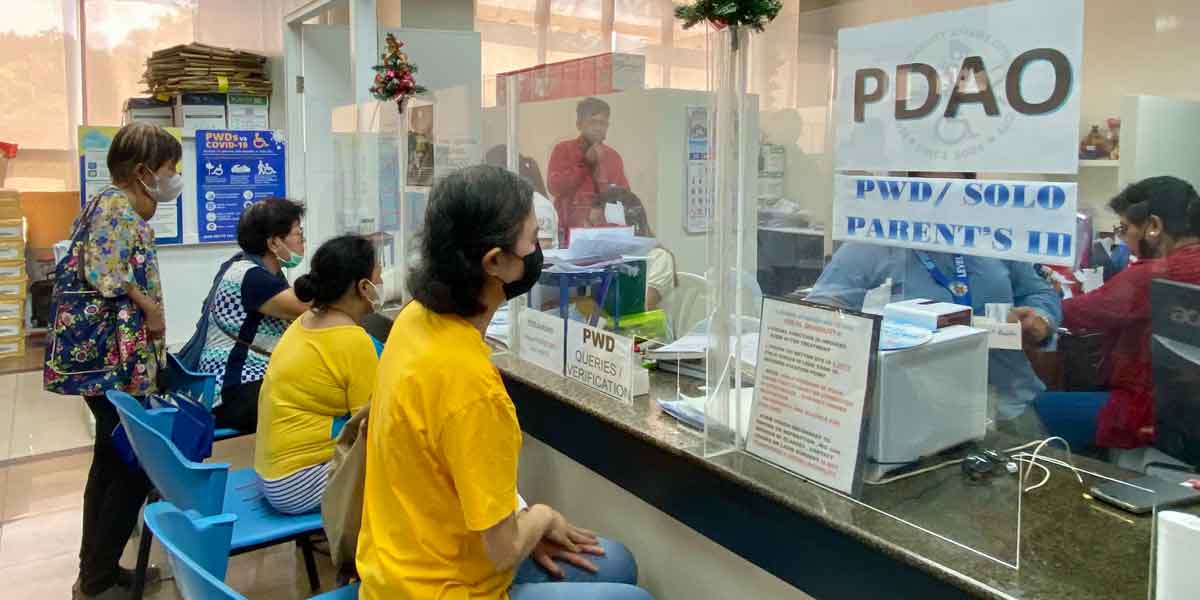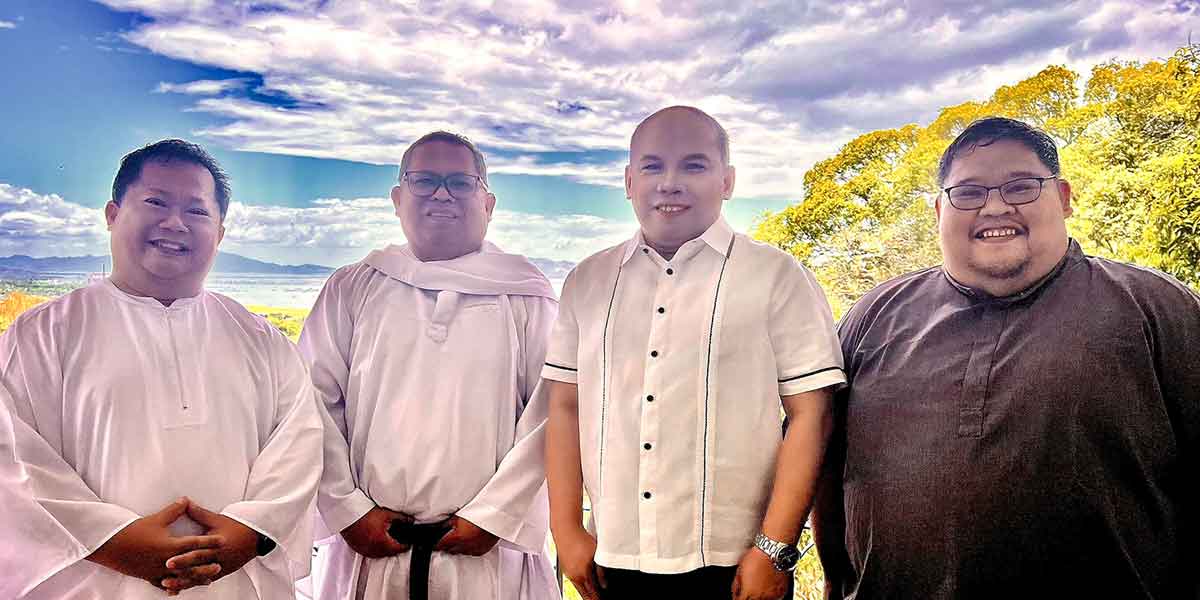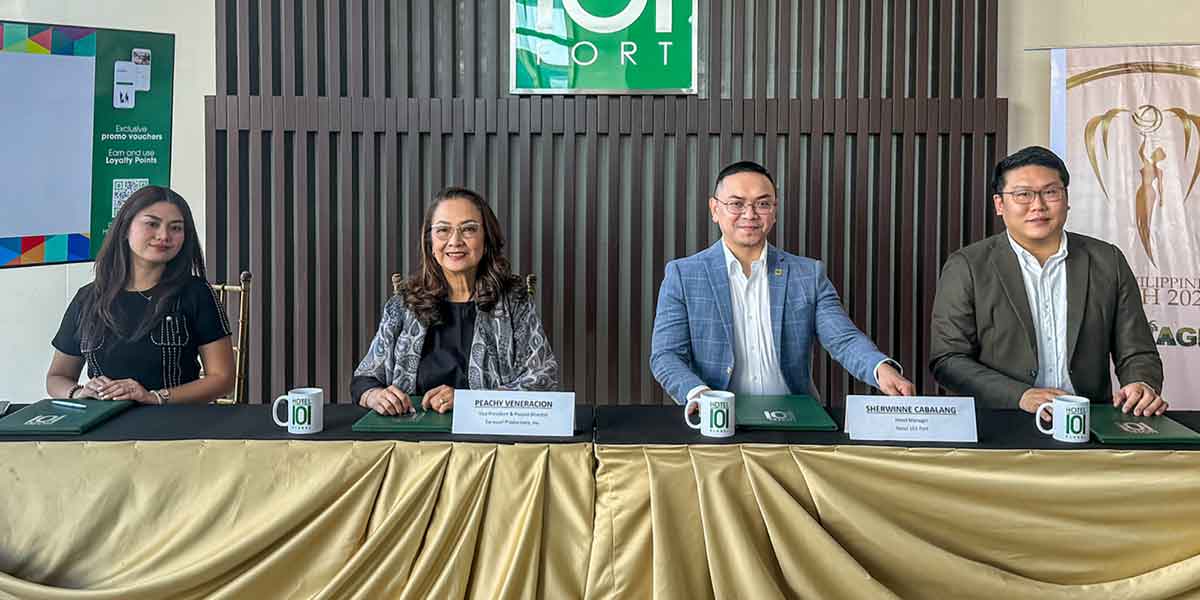By Richard Javad Heydarian
Philippine President Ferdinand Marcos Jr concluded his first foreign visit in style, meeting counterparts from key Southeast Asian countries of Indonesia and Singapore.
Following in the footsteps of his predecessors, the Filipino president chose neighboring countries from the Association of Southeast Asian Nations (ASEAN) as his first foreign destination in an expression of solidarity as well as a commitment to continued regional integration.
Beyond symbolism and the logistical ease of visiting proximate destinations, Marcos Jr’s visit carried significant strategic significance.
Indonesia and Singapore, representing the region’s largest and most advanced economies respectively, have been the de facto leaders of ASEAN in recent decades, shepherding the regional organization throughout a tumultuous era of superpower competition.
Both Indonesia and Singapore are also non-aligned nations, ably maintaining robust strategic ties with both the US and China. Thus both serve as an inspiration for the new Filipino president, who has vowed to pursue an “independent” foreign policy.
The visits culminated in a package of bilateral agreements which aim to enhance economic, defense and people-to-people cooperation between Manila and its primary counterparts within ASEAN.
Crucially, his diplomatic debut also served as a test-run for Marcos Jr’s visit to the US in the coming weeks to attend the United Nations General Assembly and, most likely, also personally meet US President Joseph Biden on the sidelines.
It also likely helped to set the tone for his planned official visits to the White House, the first in almost a decade by a Filipino leader, and other major capitals, including Brussels, Beijing and Tokyo in the near future.
Traditionally, Filipino presidents choose neighboring ASEAN countries for their first official visits. Partly, this is a matter of geographic and logistical convenience.
Filipino presidents are often inaugurated just months before major ASEAN summits, so arranging multiple trips across Southeast Asia is almost de rigueur in the first few months of any Filipino presidency.
ASEAN-related confabs, including the East Asia Summit, which brings together major Indo-Pacific powers of US, China, Russia, India, Australia, South Korea, and the European Union, also provide an opportunity for newly-inaugurated Filipino presidents to meet global leaders.
The prioritization of neighboring countries is also a reflection of the Philippines’ historic role as one of the founding members of the regional organization and, accordingly, its avowed commitment to continued regional integration.
Former Filipino president Rodrigo Duterte’s first foreign visits were also to neighboring Southeast Asian countries, including Indonesia, where he held cordial conversations with President Joko Widodo.
Marcos Jr’s first foreign visit choice, however, also reflected his strategic priorities, especially amid ongoing economic challenges at home and festering superpower rivalry in the region. Despite boasting the region’s largest populations, Indonesia and the Philippines have had relatively limited trade and investment relations throughout the years.
Last year, bilateral trade stood at US$9.5 billion, the bulk of which ($7.3 billion) was dominated by Indonesian exports. The Filipino community in Indonesia, numbering at around 7,451 and responsible for $17.5 million in annual remittances, is also relatively marginal compared to the millions of Filipino workers in the Middle East and Europe.
Throughout the opening years of the Cold War period, bilateral relations were also frosty. After all, American bases in the Philippines served as operational platforms for surveillance missions in Indonesia as well as support for secessionist Pemerintahan Semesta (Permesta) rebellions in Sulawesi throughout.
For its part, Indonesia, beginning with the Bandung Conference (1955), became a pillar of the global Non-Aligned Movement (NAM), refusing to side with any major superpower against the other, thus placing neighboring US-aligned nations such as the Philippines in an awkward spot.
Nevertheless, the two countries have gradually upgraded their strategic and defense relations in recent years, thanks to their booming economies and shared security concerns in the region. Following Marcos Jr’s visit, the two countries signed the Philippines-Indonesia Plan of Action for 2022-2027 to facilitate a new era of bilateral cooperation.
Marcos Jr and Widodo renewed the 1997 Agreement on Cooperative Activities in the Field of Defense and Security, which provides a framework to “enhance collaboration” between the two countries, including in the areas of intelligence-sharing, border and maritime security, joint drills and military interoperability, and exchange programs involving defense officials and military officers.
Following the Marawi siege in 2017, when a group of ragtag Islamic extremists tried to claim the southern Philippine city as an Islamic State territory, the Philippines, Indonesia and Malaysia began conducting joint maritime and air patrols in their shared maritime borders.
The two sides also signed a Memorandum of Understanding (MOU) for Cooperation on the Development and Promotion of Creative Economy, which aims to enhance cross-investments in emerging sectors such as the booming fintech industry in both nations.
For its part, Indonesia already boasts so-called start-up unicorns such as Gojek, an all-purpose service company that has set its sight on an international market.
As the Philippines’ concurrent agriculture secretary, Marcos Jr has also sought Indonesia’s assistance to develop his country’s agriculture and fisheries industry, especially amid rising food costs and inflationary pressure at home.
The two neighbors also have shared concerns over massive illegal fishing in their resource-rich waters, especially from China. To this end, the Philippines and Indonesia are exploring institutionalized cooperation among their coast guard and maritime affairs agencies.
The Filipino president, flanked by his top technocrats, also sought expanded Indonesian investments in massive infrastructure development projects at home.
Following his “more productive than expected” visit to Indonesia, which yielded $8.5 billion in new business deals, Marcos Jr embarked on a working visit to neighboring Singapore.
There, the son of a former Filipino strongman received a rockstar reception among the large Filipino overseas community in Singapore.
“You gave me more than 31 million votes. That’s why I owe much to you all. In exchange, I promise to work on giving you jobs and improving the Philippines,” Marcos Jr told his legion of Filipino fans during his visit to the city-state.
The Filipino president also met Singapore’s President Halimah Yacob and Prime Minister Lee Hsien Loong to discuss bilateral cooperation and regional affairs, especially in the realm of counter-terrorism and maritime security.
By deftly maintaining robust defense and economic relations with both the US and China, Singapore, largely seen as a strategic bellwether in Asia, has also been an inspiration for Marcos Jr’s vision of an “independent” foreign policy for the Philippines.
Singapore is also a major economic partner and potential source of infrastructure investments, including in strategic locations such as Clark special economic zone, in the Philippines.
Throughout the past decade, Singapore has consistently been the Philippines’ top trading partner in ASEAN. Last year, bilateral trade hit $23.2 billion after posting a 17.2% year-on-year growth.
In many ways, Singapore has become a role model for Marcos Jr, who has claimed that his namesake father would have made the Philippines similarly prosperous had he not been ousted in 1986: “If there was no EDSA 1 [People Power revolt], if my father was allowed to pursue his plans, I believe that we would be like Singapore now.”
Follow Richard Javad Heydarian on Twitter at @richeydarian




















